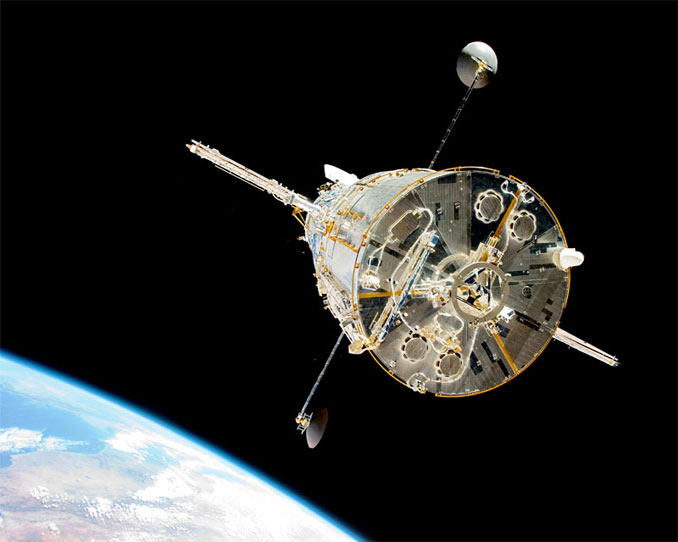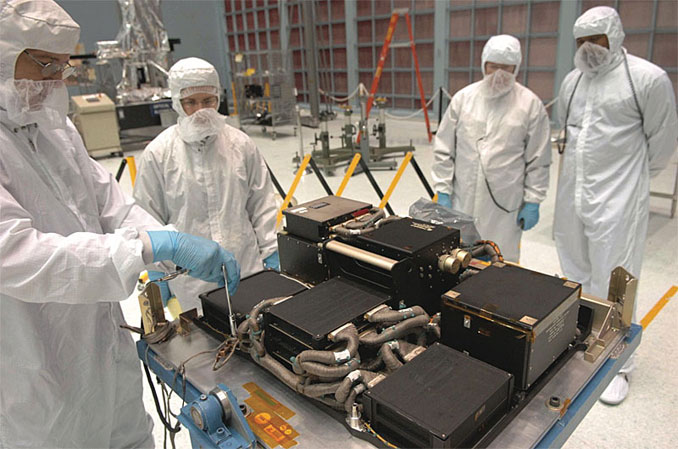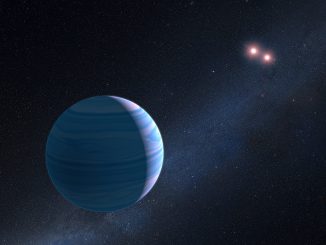
NASA engineers are optimistic they’ll be able resolve a problem with the Hubble Space Telescope’s payload computer that knocked the observatory out of action on 13 June. But they are taking their time, making sure they fully understand the issue, before switching to one or more backup components.
“The great thing about Hubble is all the redundancy we built in,” said Paul Hertz, chief of the astrophysics division at NASA Headquarters in Washington. “We’re all confident that once they’ve identified which component it is that isn’t working, we’ll switch over to the redundant version of that component.”
The problem developed when Hubble’s payload computer suddenly halted. That triggered protective “safe mode” software that put the telescope in a sort of electronic hibernation, giving engineers time to review telemetry and assess the issue.
The near-term goal is to identify which component in the Science Instrument Command and Data Handling, or SI C&DH, system malfunctioned, determine if it can be recovered or whether they might need to switch over to a backup.

While it sounds straight forward, NASA is taking no chances. Hertz said it like will take a few weeks to fully resolve the problem and return Hubble to science operations.
“Because it’s so important, we’re making sure that the troubleshooting team is taking every opportunity to be careful,” he said. “And so, they are over-analysing all the data they have, they are developing decision trees and then working through a list of tests … so they can isolate which particular component it is.”
Once the culprit is identified and a fix implemented, “we’ll bring the instruments back up and get back to science,” he said. “Because of all that redundancy, we’re all very confident that we’ll get Hubble back to operating.”
The SI C&DH payload computer system is made up of two fully redundant computer systems, either one of which can operate Hubble’s instruments.
The original 1980s-era hardware operated from launch in 1990 until 2008 when one of the two computer “strings” failed. The telescope was successfully switched to the backup, but NASA managers decided to replace the entire system during the final shuttle servicing mission in 2009 to restore the lost redundancy.
One data processing string worked from then until the 13 June malfunction. The second computer system has been powered down since launch.
“This is the computer that queries all the instruments, grabs the data that they’ve taken out of the instrument memory, packs it up into the SI C&DH memory, and then hands these packets off to the spacecraft, which puts them in the telemetry stream and sends them down to Earth,” Hertz said.
“If it’s not working, you can’t get any data out of the instruments. Because it’s so necessary, that’s why it’s fully redundant.”



